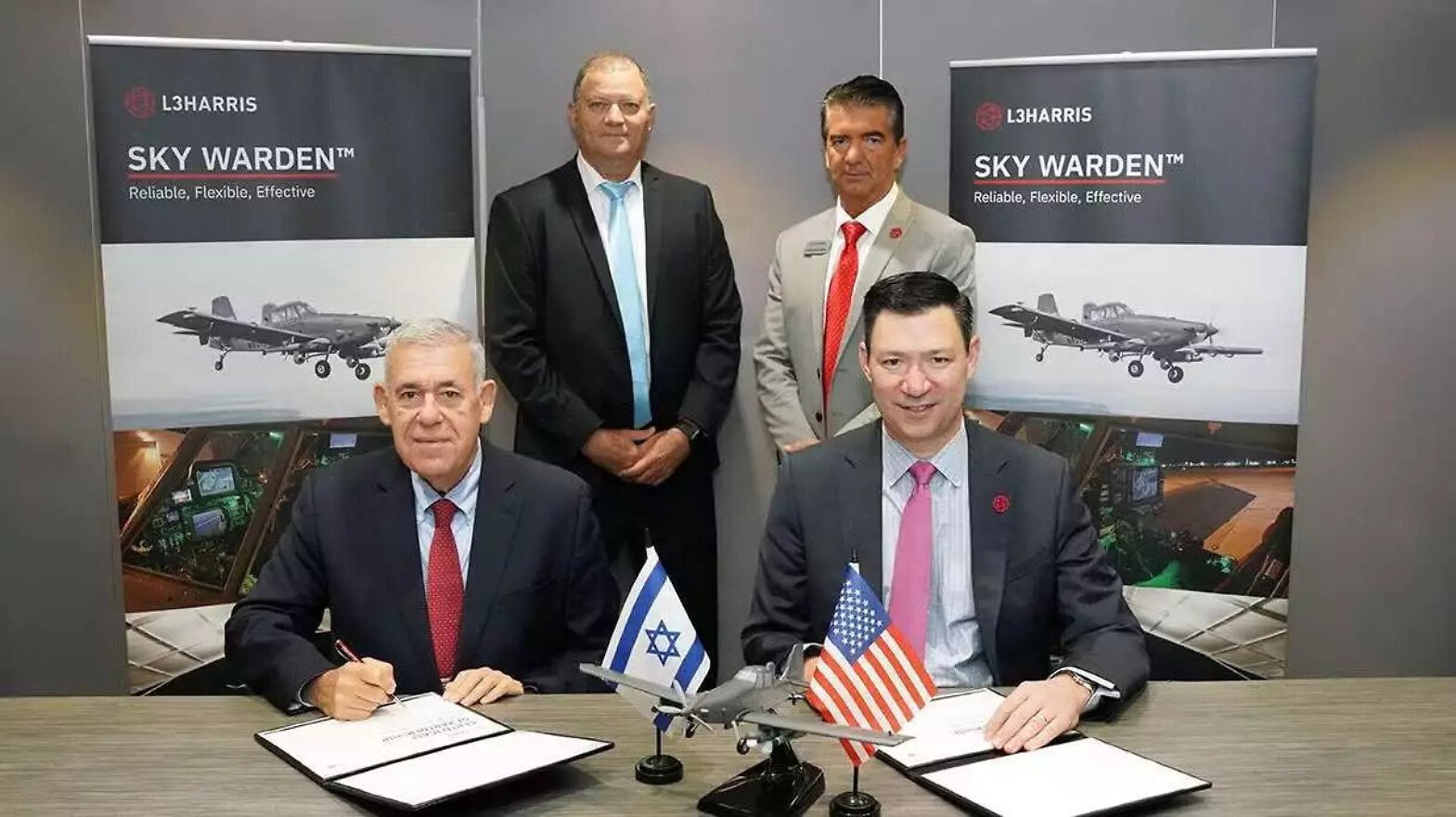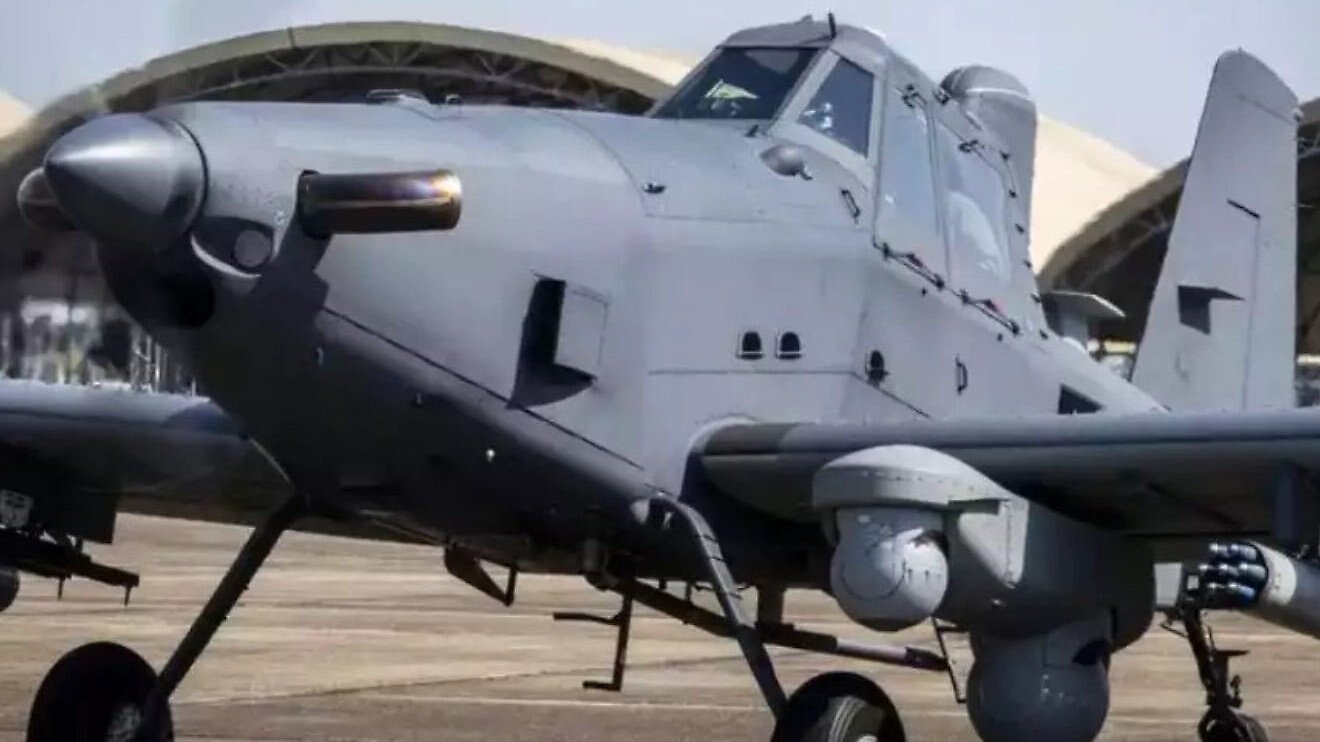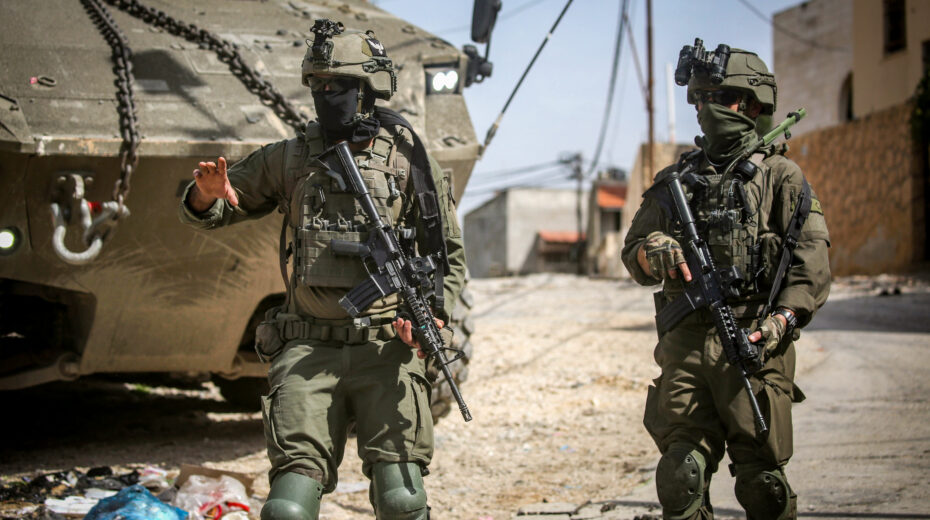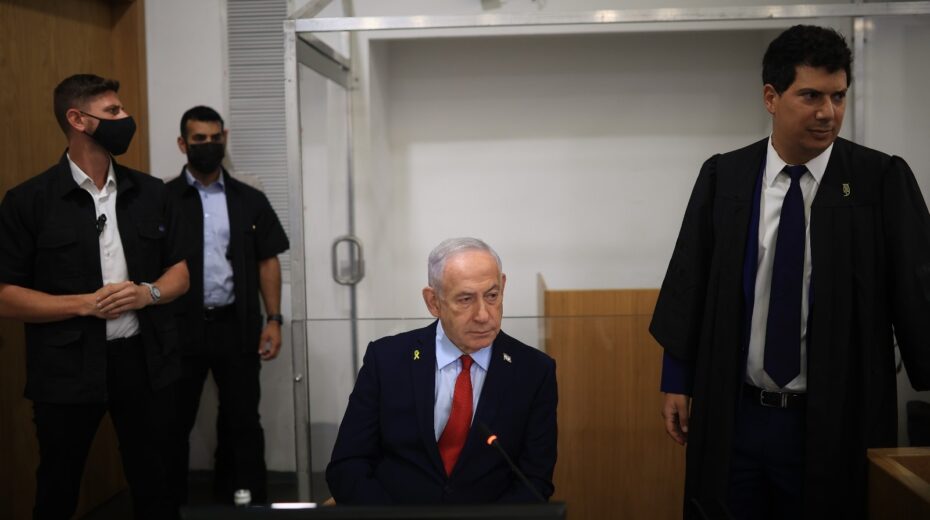(JNS) The Blue Sky Warden aircraft, the result of a collaboration between Israel Aerospace Industries and the US company L3Harris Technologies, embodies an innovative concept in light strike and reconnaissance aircraft.
It is an enhanced iteration of the Air Tractor aircraft, which is originally a farming workhorse and an aerial firefighter, and also serves in Israel in the Elad Squadron, the aerial firefighting squadron.
The new version of the aircraft will be adapted in Israel for intelligence, observation and light strike missions, with an emphasis on low operating cost, prolonged air endurance and fast response.
The choice of a durable, light and simple-to-maintain platform provides a solution for the needs of the Gaza and Lebanon borders, where continuous aerial presence is required, but not necessarily supersonic interception or the operation of expensive fighter jets.
The approach led by Israel Aerospace Industries relies on rich experience in converting civilian platforms for military purposes, such as the Westwind (Shavit) that was converted into a maritime intelligence aircraft and the Eitam and Oron models, which are advanced intelligence aircraft based on US Gulfstream business jets.
Other aircraft, which were refined, developed and produced by IAI, include the Arava, a dedicated light transport aircraft, and the Kfir and Nesher fighter jets, based on the French Mirage 5.
Especially remembered is the daring, unsuccessful attempt to produce an advanced and independent Israeli fighter jet, the IAI’s Lavi, whose development was halted by the US administration in 1987.
In addition, many Gulfstream business jets were manufactured, developed and assembled in collaboration with IAI. The cooperation focuses on the production of specific models such as the G280, whose development and production are carried out by IAI, and other models produced in the past, such as the G100 (Astra), which were designed by the Israeli side.
The IAI is also a world leader in converting passenger aircraft, such as the Boeing 777, into cargo planes.
The integration of advanced Israeli systems into the Blue Sky Warden, such as open mission interfaces, encrypted communication, electro-optical sensor pods and a dedicated doctrine, turns the platform into a modern tool capable of integrating into the IDF’s operational network and providing constant awareness, fast response and precise operational capability along the borders.
It is not a replacement for fighter jets like the F-35 or for an escort force, but a flexible addition to the aerial mix. It allows field commanders to monitor patterns, direct interceptions and respond to changing targets, all without straining expensive fighter jets or advanced drones.
In fact, it returns the routine missions that take the most significant resources of the Israeli Air Force to cheap and reliable platforms.

Israeli and US officials signing the deal to acquire the Blue Sky Warden. Credit: L3Harris Technologies.
Similar platforms exist in the international arena—the US AT-802 from Air Tractor, the Brazilian Super Tucano (Embraer), the US OV-10 Bronco and the US IOMAX Archangel—all demonstrating the trend of using light aircraft, sometimes agricultural, that have been converted for strike and reconnaissance missions.
In the US, a debate has been ongoing about how to balance cost, flexibility and survivability in an era where advanced air defense systems threaten the operational freedom of fighter jets. The choice by the US Special Operations Command of the military version of the Sky Warden, called the OA-1K Skyraider II, is a clear response to that problem.
When it is inefficient to send heavy and expensive aircraft on a mission, it is still possible to achieve intelligence control and limited strike capability using a simple and cheap platform.
In Israel, the need is similar, but more geographically focused—not strategic superiority thousands of miles away, but a reliable presence along the border fence.
If the Blue Sky Warden succeeds in this mission, it may become a significant tool in the IDF’s toolkit. It will not be a glittering air symbol like the F-35 Adir or the F-15I Ra’am, but a diligent worker that will prevent dozens of small crises and save expensive flight hours.
Alongside its advantages, the Blue Sky Warden has clear limitations: It is vulnerable to modern air defense threats and is therefore effective mainly in sectors where the aerial risk is limited. Its success depends on meticulous mission planning, quality intelligence and wise integration into the overall array, while maintaining a high cost-benefit ratio.
The choice of this aircraft continues an Israeli tradition of adapting existing solutions to changing operational needs, and combines advanced engineering capabilities with simple operational logic aimed at improving Israel’s security efficiently and significantly.
Originally published by Israel Hayom.














